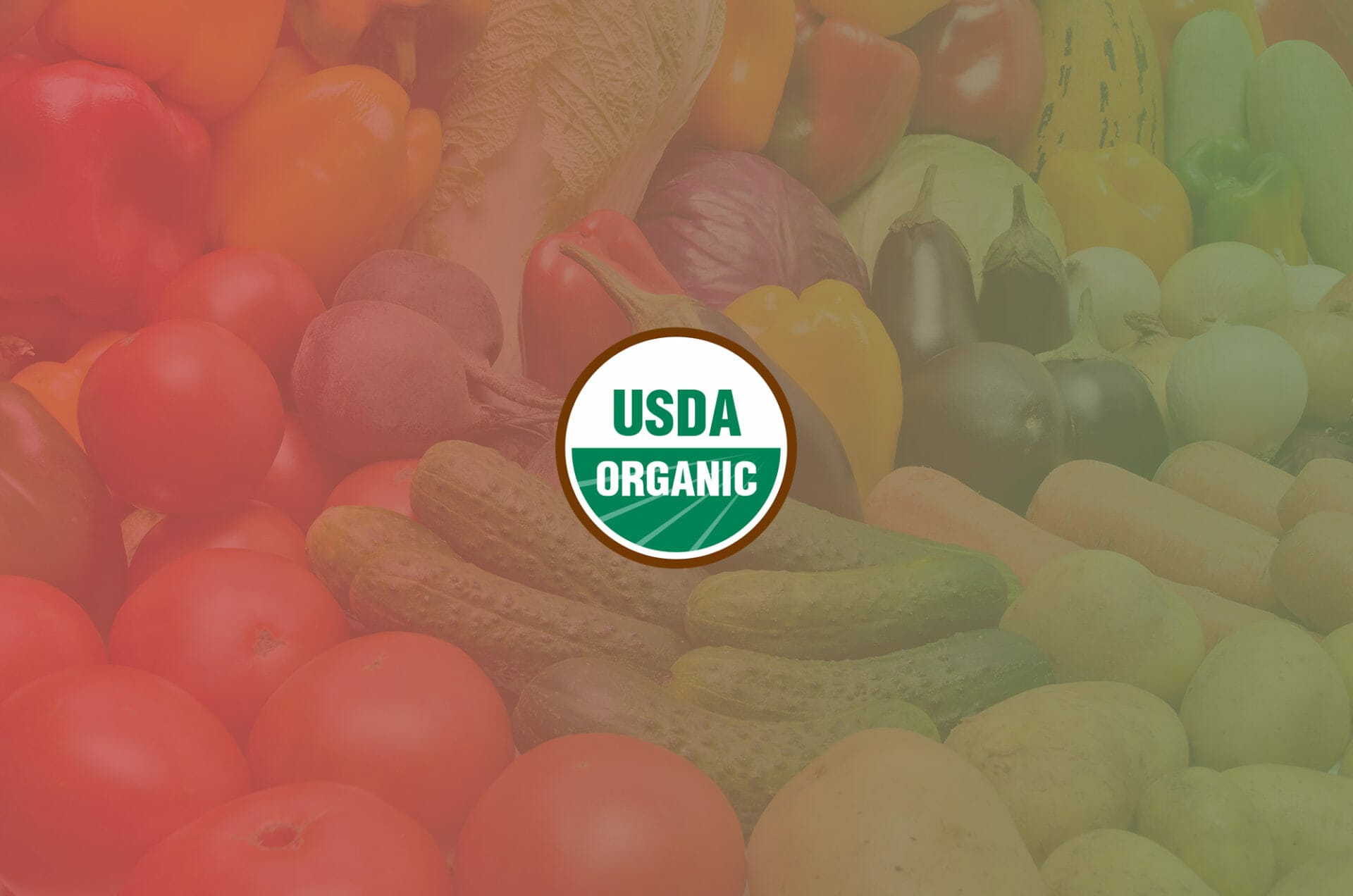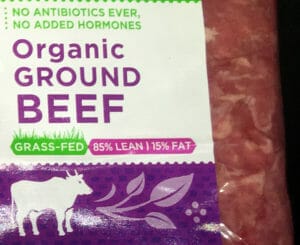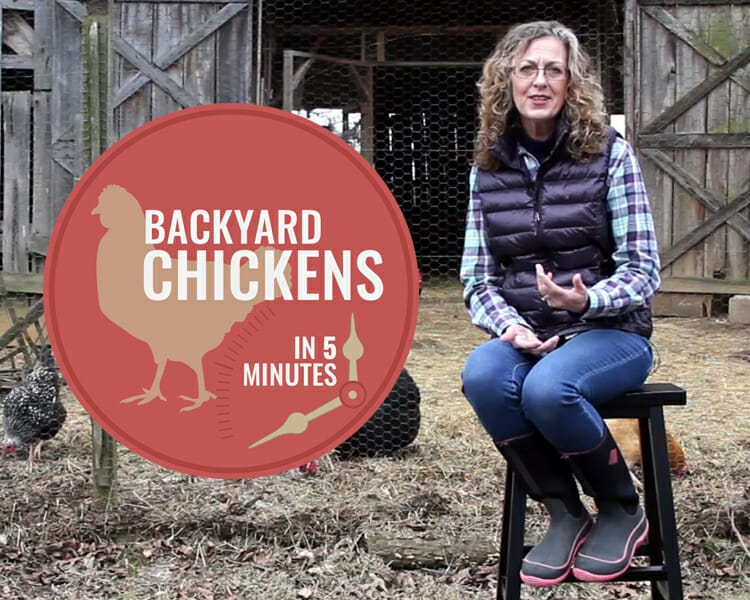The Truth About Organic Products
You’re at the grocery store, looking at your options and, before you go for your traditional choice, you see another item wearing a label that proclaims in bright lettering: Organic.
And you think to yourself, “Shouldn’t I be buying that one instead?”
After all, you want what’s best for your family and have always heard that organic food items are exactly that.
Does this scenario sound familiar?
Well, there are actually a lot of misconceptions about what the various types of organic labels mean. You may end up spending good money without being fully aware of what is in your food. Fortunately, the following primer includes all the information you need to make the best possible decision the next time you see one of these labels.
How the USDA Defines “Organic”
The word “organic” gets thrown around a lot. However, when it comes to the legal definition as it applies to food items — both raw and processed — the USDA is the authority. This governing body has four categories that apply to organic products.
 1. 100% Organic
1. 100% Organic
Any food item made from 100% organic ingredients can carry this label. The only exception to the rule is water and salt, which are classified as “natural” and not organic.
The most common examples of 100% organic foods are those that come straight from the farm without being processed in any way, like eggs, fruits and vegetables.
However, a number of value-added items, like rolled oats and grain flours, would also qualify as 100% organic.
2. Organic
This label is deemed appropriate for any product that contains at least 95% organic ingredients (again, not including salt or water). The remaining ingredients may be nonorganic agricultural food items so long as they are not commercially available as nonagricultural and organic products.
The National List of Allowed and Prohibited Substances lists nonorganic ingredients that can make up the aforementioned 5%. Citric acid and baking soda would be two examples.
 3. “Made with Organic”
3. “Made with Organic”
Products including at least 70% organic ingredients can display this label. However, it cannot use the USDA organic seal. The product manufacturer’s label can only represent three ingredients (or ingredient categories) as organic. The remaining ingredients in these products cannot be made using prohibited practices (e.g. genetic engineering).
Vague statements like, “made with organic ingredients” are prohibited. They must be specific, e.g.: “Made with organic blueberries, cranberries, and oats.”
4. Specific Ingredients
Sometimes, a food manufacturer wants to advertise that, while the product itself doesn’t qualify for one of the above labels, they did use one or more organic ingredients. For example, you might find that the ingredients of an item list “organic spinach.”
This information can only be displayed on the ingredients list, though, so you won’t see it advertised on the item’s label.
Exceptions for Smaller Producers
The above rules do not apply to producers who market organic products that are worth less than $5,000 a year.
Nonetheless, these producers must still comply with the regulations that cover production and handling of organic food items.
These items also do not constitute “organic” ingredients in processed products made by a separate company. Any food item made with these ingredients will not qualify for the USDA certified organic seal.
 How the USDA Classifies Organic Meat and Eggs
How the USDA Classifies Organic Meat and Eggs
Finally, the USDA also has guidelines for the labeling of meat. All they require is that the animal is raised in living conditions that accommodate their natural behaviors, which includes organic feed. No hormones or antibiotics can be administered to them.
Despite what many people think, grass-fed beef is not necessarily organic. It certainly can be, but if you don’t see a USDA label, it’s probably because the grass the cows eat was treated with chemicals or some other prohibited practice was used.
The USDA may add to their guidelines in the near future to ensure that living conditions for animals include things like enough space to lie down, stretch their limbs, and turn around, among other things.
Homesteading Practices Support Organic Food Production
One of the main reasons so many people become interested in homesteading is because they want peace of mind knowing where exactly their food comes from. As you just saw, “organic” isn’t always as a straightforward a term as many people may think. There is no shortage of controversy surrounding USDA labels, either.
If you’re someone who places a premium on the quality of your food, it is worth thinking about how homesteading can support organic food production. As you manage the item’s entire lifecycle, you will never need to put your trust in some label to ensure you and your family are eating high-quality food.













